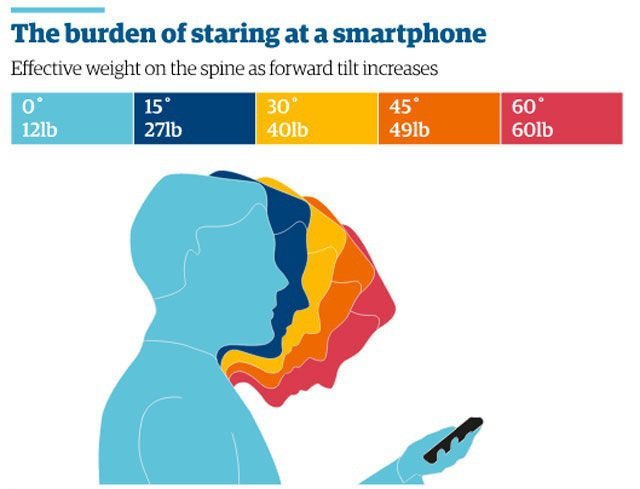OF THE
TIMES
We'll know our disinformation program is complete when everything the American public believes is false.
World War Three in progress. A war like no other. Cyber-attacks, satellite lasers (DEWs), weather mod. It's all happening and the vast majority...
If you scroll down on this article there is an image in it - I think it is magenta - but others might sense pink. [Link] It is kind of the same...
"that had already expired under the statute of limitations." Use to be automatic cause to dismiss the case. I guess laws are empty air now.
Chief storyteller: Biden claims 'cannibis' helped to eat his uncle That's how I read it, when I scanned over the headline.
They seem more magenta than pink to me. I mean here is pink per one image - the colors of the images presented were not all the same....: [Link]...
To submit an article for publication, see our Submission Guidelines
Reader comments do not necessarily reflect the views of the volunteers, editors, and directors of SOTT.net or the Quantum Future Group.
Some icons on this site were created by: Afterglow, Aha-Soft, AntialiasFactory, artdesigner.lv, Artura, DailyOverview, Everaldo, GraphicsFuel, IconFactory, Iconka, IconShock, Icons-Land, i-love-icons, KDE-look.org, Klukeart, mugenb16, Map Icons Collection, PetshopBoxStudio, VisualPharm, wbeiruti, WebIconset
Powered by PikaJS 🐁 and In·Site
Original content © 2002-2024 by Sott.net/Signs of the Times. See: FAIR USE NOTICE


Worst invention... Ever! OK, well maybe not ever, but it's up there. They'll use the info in the article above to push Google glass and implants to save us all. Not better! Then we'll be upright zombies instead of always with the head down. Our modern technology is frighteningly debilitating in so many ways. Progress as promised, but sometimes you progress down a road and can't turn around. Body snatchers meets Terminator. We'll be so easy to control maybe the Matrix will turn out real after all and we can be useful, living batteries. Sadly, I'd be willing to bet there would be more than just a few takers on such a virtual reality. As things continue to swoosh downhill here on the BBM, people might even beg for it. The smart phone is leading the charge towards a dumber, more pliable, willing set of participants in obscurity. But hey, enjoy all the cat videos ; - ) BTW, have you noticed how there is a new smartphone that comes with VR? Yeah, it's coming down the pipeline. Thinking is too hard. Just plug in, lose your humanity, and relax...